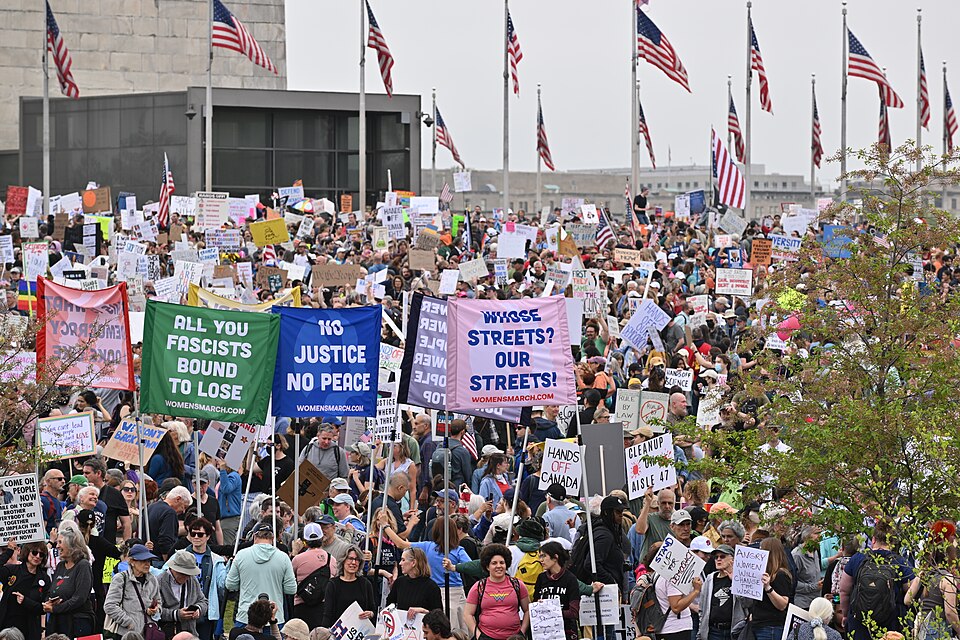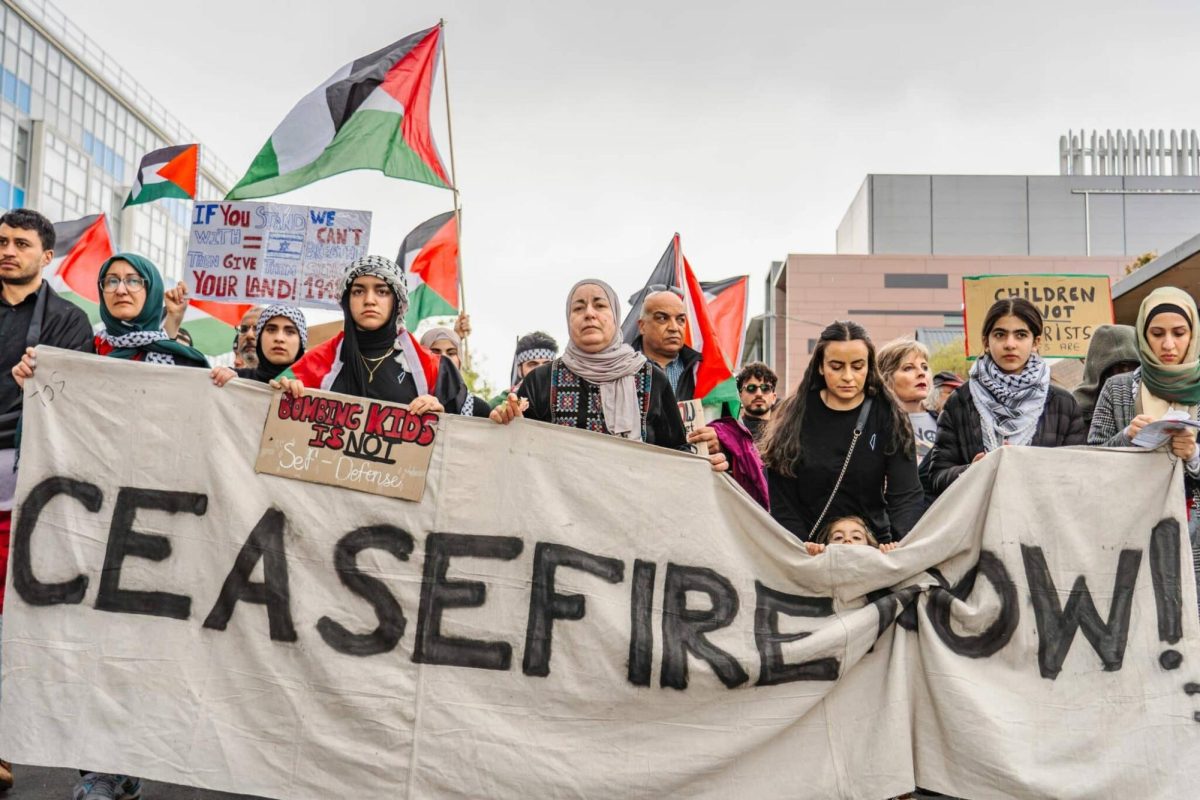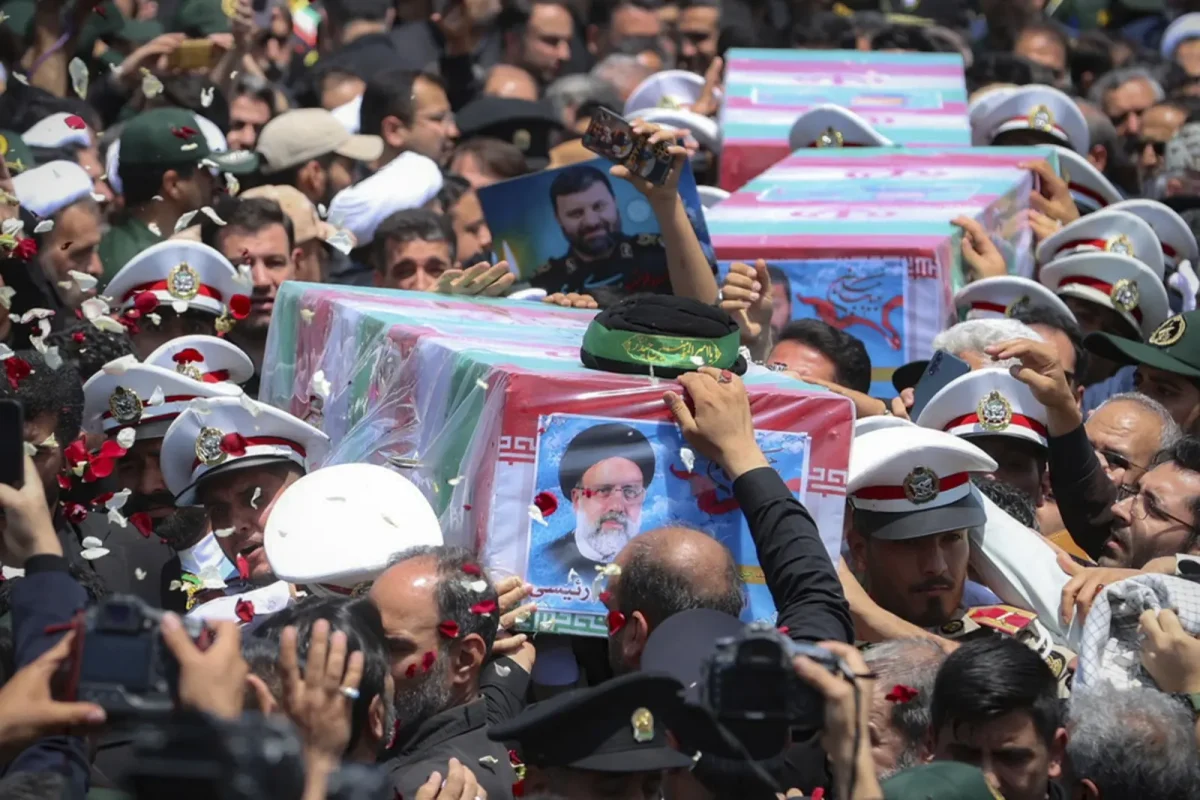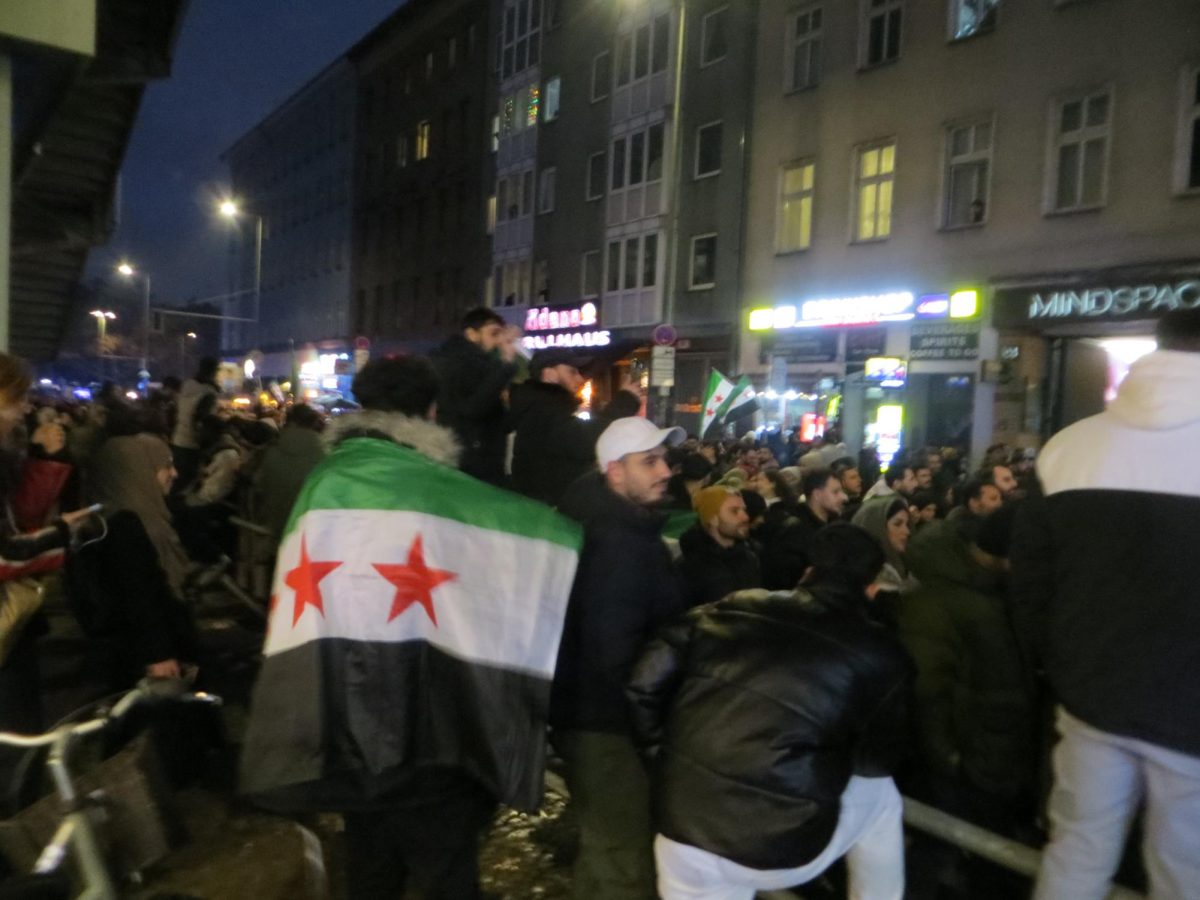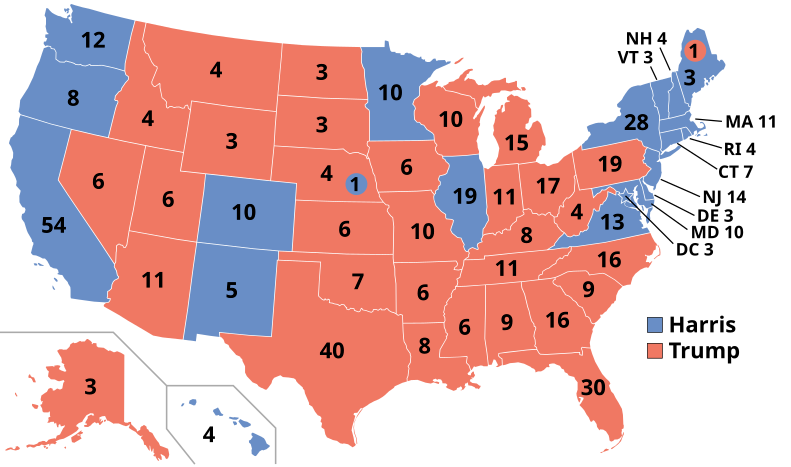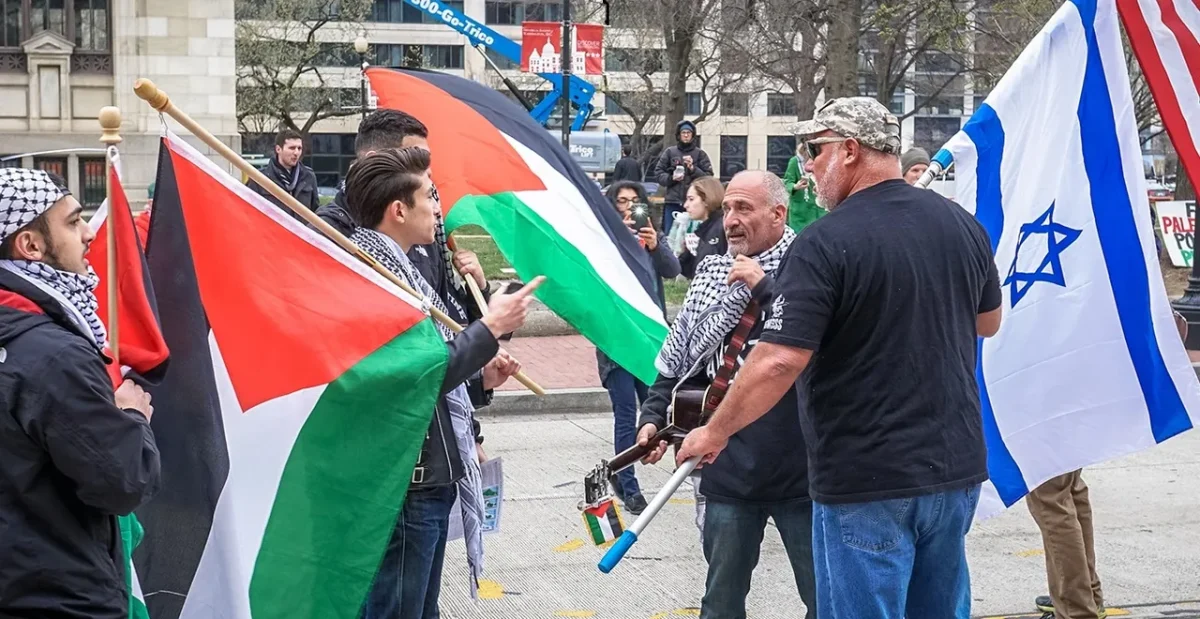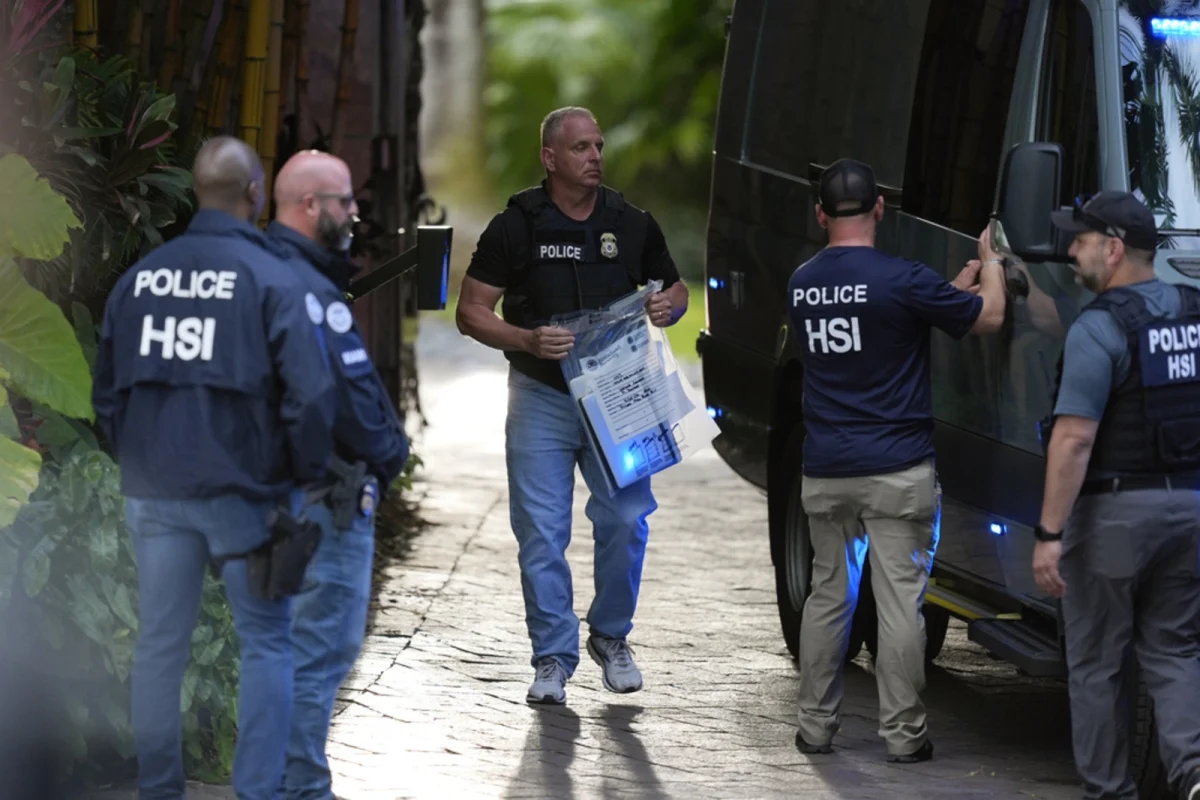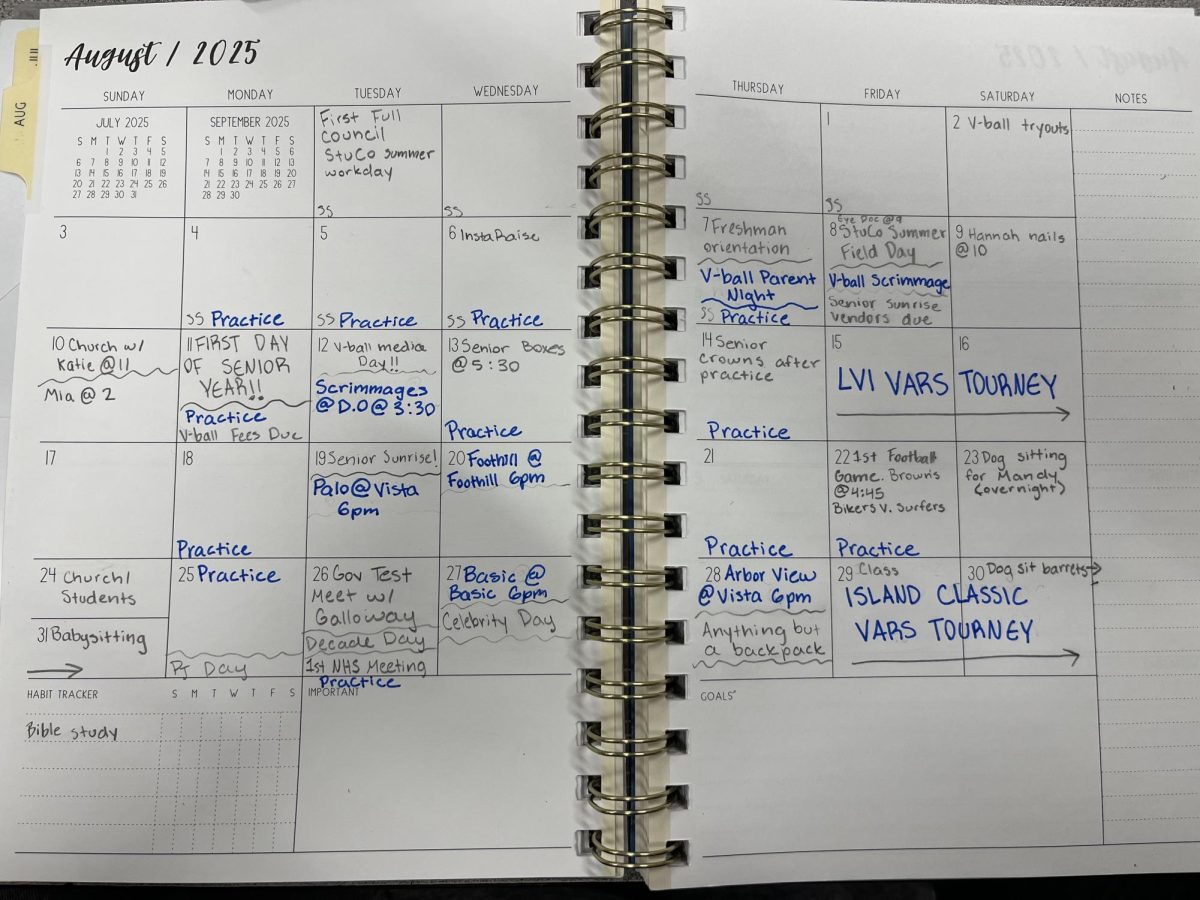Since April 15, 2023, the ongoing Sudanese Clashes continue to devastate Sudan but also pose further destabilization for the greater Horn/North African region. With the Nile Crisis, Libya and South Sudan as failed states, and the Amhara Conflict simultaneously occurring, the region’s predicament of constant conflict persists, and different factions strive towards regionalization. The refugee count and amount of displaced people grow as war, famine, and disease grip Sudan’s population.
The root of the 2023 Sudanese Clashes is the turbulent history of Sudan’s government and politics. Since Sudan’s independence from the British Empire on January 1st, 1956, the federal government bore a staggering 35 coup d’états (The second most in history), with the most recent coup attempt occurring in 2021.
The current conflict is a power struggle between General Abdel Fattah al-Burhan of the Sudanese Armed Forces (SAF) and General Mohamed Hamdam Dagalo of the Rapid Support Forces (RSF). The contention between the two men stems from the desire to integrate the RSF into the SAF. Of course, General Mohamed fights to retain power; whereas, General Abdel fights in prospects of greater power and centralization of the army. Both the SAF and RSF attempted to make peace but unable to reach a compromise, the SAF abandoned the possible prospect of a sustainable ceasefire. Shortly after, President Biden released a statement expressing, “The violence taking place in Sudan is a tragedy—and it is a betrayal of the Sudanese people’s clear demand for civilian government and a transition to democracy. I join the peace-loving people of Sudan and leaders around the world in calling for a durable ceasefire between the belligerent parties.”
Foreign powers exacerbated the conflict as Libyan Rebels funded the RSF while Egypt funded the SAF. To secure rights in the city of Port Sudan, Russia also sends weapons to the SAF. Meanwhile, Sudan is a significant supplier of grains for Arabia, so nations such as Saudi Arabia and the UAE want to ensure their share in Sudan at all costs.
After two civil wars, the Darfur Genocide, and now the clashes, Sudan lacks the necessary institutions to prevent consequences such as drought, lack of medicine, and human trafficking. Even before the conflict, one-third of Sudan’s population relied upon humanitarian aid. World Vision reports, “The ongoing conflict has placed millions more at risk. According to the World Food Programme (WFP), 19 million people— two-fifths of the country’s population — are now expected to face food insecurity and hunger in the coming months.” Rolling blackouts occur in areas of high conflict, primarily in the Darfur region and capital city, Khartoum, with over 10 million inhabitants. Millions of civilians can not access necessities such as banking, telephone services, and even proper heating/cooling to aid in the brutal African climate.
The White House last commented on the Sudanese Clashes on May 4, right after the SAF and RSF abandoned ceasefire talks; whereas, on August 4, The Office of the Spokesperson condemned the atrocities in Sudan’s Darfur Region, taking a neutral stance and holding both sides accountable for the blood in Sudan.
